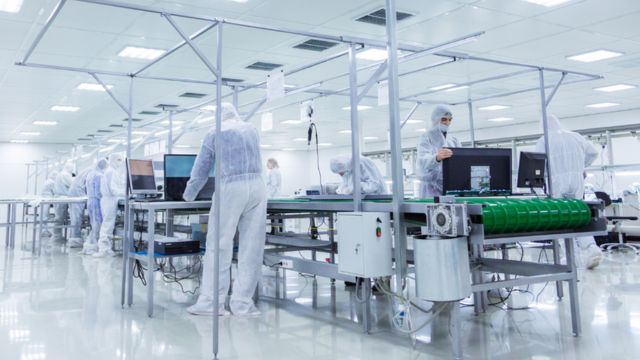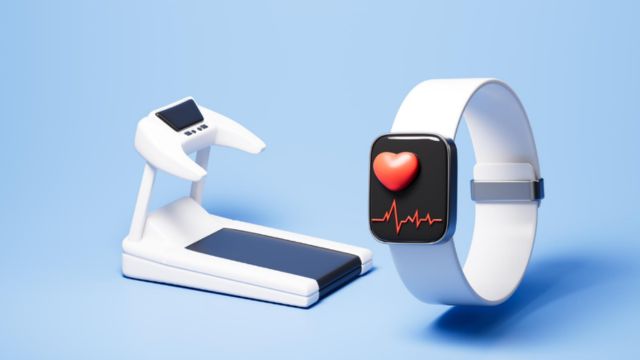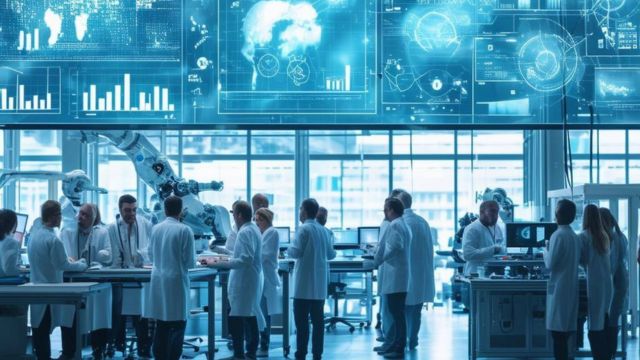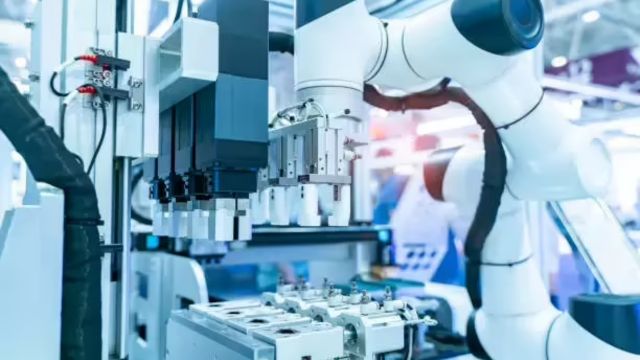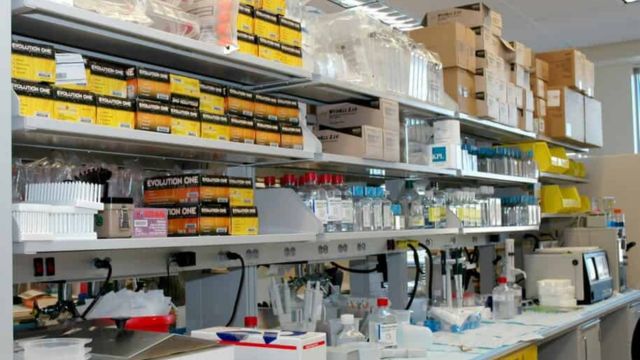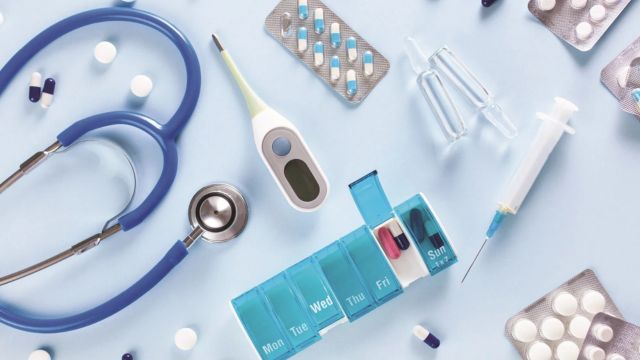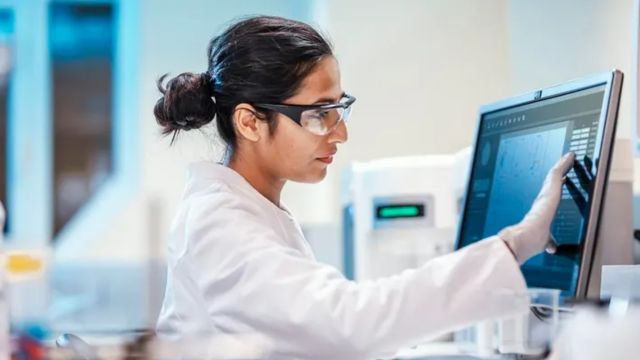Ensuring product quality and safety is absolutely vital in the medical device production sector. Maintaining a neat and regulated surroundings is one of the most important features of this procedure. Here is where cleanroom technology is absolutely crucial. Cleanroom technology has changed dramatically over the years to guarantee that medical equipment is manufactured in settings compliant with strict regulatory criteria and protects patient health.
The Origins of Cleanroom Technology
Originally created in the 1960s mostly for the aerospace and semiconductor sectors, cleanroom technology—which refers to controlled environments with low levels of pollutants, dust, and microbiological contamination—was initially But the demand for controlled environments in production grew along with the medical device sector expanded and regulatory criteria grew stricter. Medical devices—especially those that are invasive or come into touch with delicate tissues—demand strict hygiene standards to prevent contamination and guarantee safety.
In the past, enterprises depended on simple filtering systems and protective gear to reduce contamination while cleanliness criteria in medical device manufacture were less established. But as medical technologies developed and grew more complex, so did the necessity for more efficient cleanliness systems.
You make like this: How Blockchain Can Enhance Transparency and Traceability in Medical Manufacturing
Advancements in Cleanroom Technology
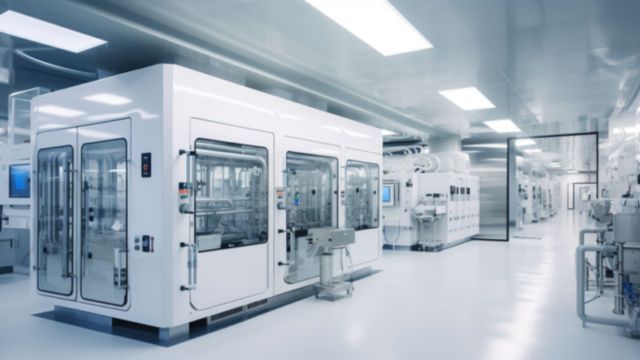
- Improved Air Filtration Systems One of the key advancements in cleanroom technology has been the development of more efficient air filtration systems. The introduction of High-Efficiency Particulate Air (HEPA) filters and Ultra Low Penetration Air (ULPA) filters allowed cleanrooms to reduce the number of airborne particles significantly. This became especially important as medical devices became smaller and more complex, requiring even more stringent controls to prevent contamination during production. These filters are now commonly used in medical cleanrooms to ensure that particles of a certain size (typically 0.3 microns and larger) are filtered out of the air. This level of filtration helps prevent contamination during the assembly of devices such as pacemakers, surgical tools, and implants.
- GMP and ISO Standards The evolution of cleanroom technology has also been heavily influenced by the establishment of regulatory standards. Good Manufacturing Practices (GMP) and ISO 14644 standards set guidelines for the design, operation, and maintenance of cleanrooms. These standards dictate the level of cleanliness required, the frequency of monitoring, and the maintenance of air quality to ensure safe production environments. As regulatory bodies became more focused on safety, manufacturers were required to implement these standards to meet the demands of the global market. ISO 14644-1, in particular, provides classifications for cleanroom environments based on the number and size of airborne particles, ensuring that manufacturers maintain the necessary environment for high-quality medical device production.
- Advancements in Contamination Control Materials As medical device production evolved, so did the materials used to create cleanroom environments. Initially, cleanrooms were equipped with basic materials like sterile gowns and gloves. However, newer technologies have introduced more sophisticated contamination control materials. For example, new antimicrobial fabrics are being used in clothing, while antistatic flooring reduces the buildup of static electricity that can compromise device quality.
- Real-Time Monitoring and Data Logging Another significant advancement has been the integration of real-time monitoring systems in cleanrooms. Modern technology allows manufacturers to continuously monitor key factors such as temperature, humidity, and air quality. These systems use data loggers and environmental sensors to track these variables and provide instant feedback if the environment falls outside of acceptable ranges. This has been critical in ensuring that cleanrooms remain within the tight tolerances required for medical device manufacturing. This data not only helps with regulatory compliance but also enables manufacturers to implement predictive maintenance, reducing downtime and increasing overall production efficiency.
- Automated Cleanroom Systems Automation in the manufacturing industry has extended to cleanroom technology as well. Automated systems now handle everything from material handling to product assembly in a clean environment. This reduces human error and the possibility of contamination while increasing throughput and consistency. Automated systems also contribute to reducing operational costs by streamlining workflows and ensuring that cleanroom parameters are maintained without constant human intervention. Robots and collaborative robots (cobots) are used in many cleanrooms to perform delicate tasks such as assembly and inspection, which are both critical and sensitive in medical device manufacturing.
Cleanroom Technology and Its Impact on Medical Device Production
The continuous improvements in cleanroom technology have directly impacted the safety and effectiveness of medical devices. Devices produced in such controlled environments are less likely to be contaminated by airborne pathogens, dust, or particulate matter, which could otherwise compromise their function or patient safety.
Moreover, the evolution of cleanroom technology allows manufacturers to meet stricter regulatory requirements set forth by organizations like the FDA and European Medicines Agency (EMA). These regulations have become increasingly important as the global demand for high-quality, life-saving medical devices continues to grow.
You may like this: Managing Supply Chain Disruptions in the Medical Manufacturing Industry
Future of Cleanroom Technology
Ahead, cleanroom technology will keep changing in line with medical device developments. Innovations pushing the envelope of cleanroom criteria include nano-manufacturing, bioprinting, and increasing application of smart materials. To help the manufacturing of next-generation medical equipment, future cleanrooms will probably feature even more sophisticated filtration technologies, real-time data analytics, and automation.
Our commitment at J&J Supplies is to provide the most recent ideas and updates in manufacturing, clinical engineering, and medical supplies. Subscribe to our newsletter to be educated with the most recent industry news and best practices. We have you covered whether your interests are in knowledge of cleanroom technologies or guidance on the manufacture of medical devices!
Frequently Asked Questions (FAQ)
What are the key requirements for a cleanroom in medical device manufacturing?
Cleanrooms for medical device manufacturing must meet specific air quality standards, including particle control and filtration. They should be equipped with HEPA or ULPA filters, monitored for temperature and humidity, and designed to minimize human contamination.
How do cleanrooms prevent contamination in medical devices?
Cleanrooms prevent contamination by controlling the amount of dust, particles, and microorganisms in the air. Air filtration, gowning procedures, and strict protocols for personnel and equipment movement help reduce the risk of contamination.
What are ISO 14644 standards?
ISO 14644 standards provide guidelines for the classification of cleanrooms based on the number and size of airborne particles. These standards ensure that cleanroom environments meet the necessary criteria for specific types of manufacturing, including medical device production.
How has automation improved cleanroom operations?
Automation has reduced the risk of human error and contamination in cleanrooms. Automated systems for material handling, assembly, and inspection help streamline processes while maintaining strict cleanliness standards.
What is the future of cleanroom technology in medical device production?
The future of cleanroom technology will involve more automation, advanced filtration systems, and real-time environmental monitoring. As medical devices become more complex, the need for highly controlled environments will continue to grow, pushing cleanroom technology to new heights.

